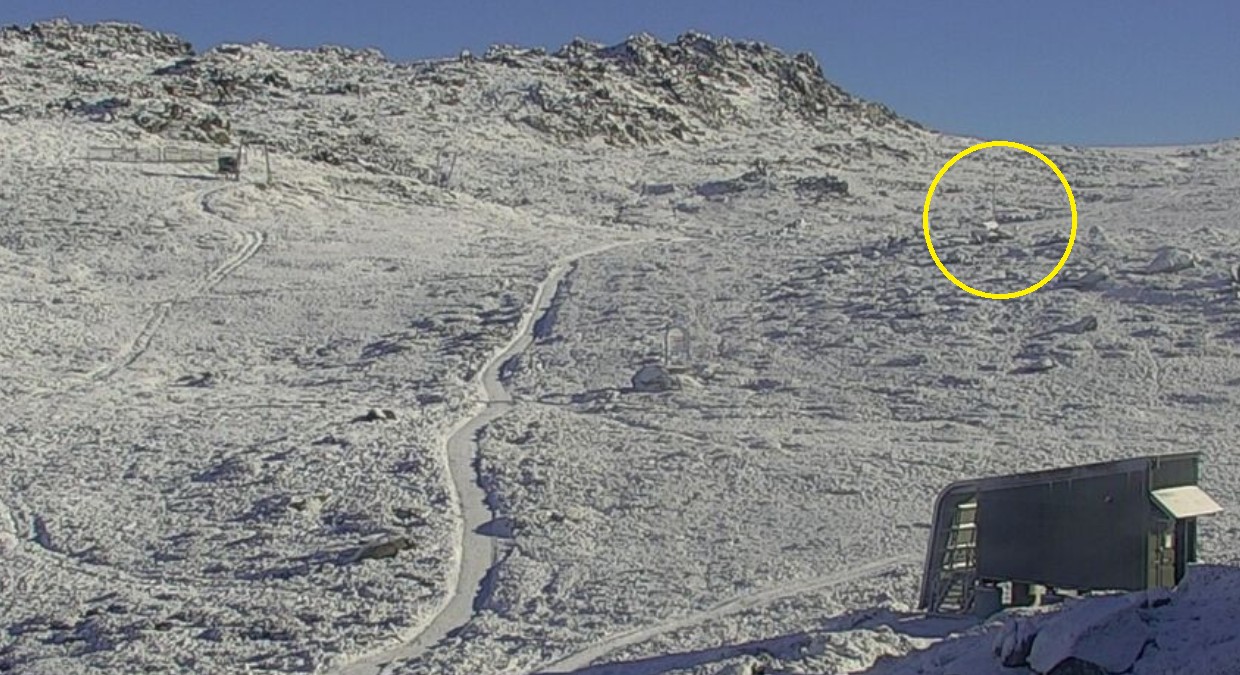News
‹ back to weather news
News
-
Bitterly cold night in four states
Anthony Sharwood, 19 May 2025Temperatures plummeted below zero across a broad area of southeastern Australia overnight, with several locations recording their lowest May temperatures on record.
The severe chill was caused by clear skies and dry air in a southerly airstream after a cold front crossed over the weekend before rapidly scooting off into the Tasman Sea.
Let’s break down some of the frigid temperatures, state by state:
Victoria
Anyone landing at Tullamarine Airport in Melbourne this Monday morning would have gotten a rude shock as they exited the terminal, after the airport’s overnight minimum of exactly zero. That was the lowest May night on record at the site, where data dates back to 1970.
Temperatures were even more frigid on Melbourne’s northeastern outskirts. The mercury in the Yarra Valley town of Coldstream plummeted below zero shortly after 10pm and stayed there until after 9am. The low of –5.3°C shattered the old May record of –3.7°C (records since 1994).
Scoresby in Melbourne’s outer east fell to –1.5°C, its lowest May temperature on record by more than a degree (records back to 1965).
Melbourne fell to 2°C at the city’s official Olympic Park weather station beside the CBD, and while that wasn’t a May record, it was the chilliest May night in four years.
The lowest temperature in the Victorian high country was –4.8°C at Mt Hotham, which meant that the minimum of –5.3°C in Coldstream was Victoria’s coldest recorded minimum.
South Australia
Many South Australian towns had not only their first sub-zero temperatures of the year, but record cold temperatures for May.
The state’s low reading was –4.5°C at Padthaway in the state’s southeast, which broke the old May minimum record by more than a degree.
The nearby town of Keith shivered through a low of –4.1°C which was also a May record, while Coonawarra’s minimum of –3.5°C was the coldest May reading in 60 years of records.
Adelaide's minimum of 3.1°C was the coldest May night in 19 years.
New South Wales

Image: The weather station is located just above the top station of the Kosciuszko Chairlift (the yellow circle) at the start of the walking trail to Mt Kosciuszko. Source: thredbo.com.au.
Thredbo Top Station (pictured above) recorded the state’s – and mainland Australia’s – coldest overnight minimum of –6.5°C.
Sydney’s overnight minimum of 12.8°C wasn’t particularly cold due to persistent rain and showers, but it's worth noting that Sunday saw the coldest maximum of 2025 to date with a high of just 16.4°C.
Tasmania
Due to strengthening westerly winds overnight, Tasmania's lowest minimum was not on a mountain peak or in the Central Highlands, but in the state’s East Coast forecast district, which was sheltered from the westerlies.
A very chilly –8°C was recorded at Fingal, a town nestled in a valley around 50km inland from the coast. While this fell just short of the town’s May record of –8.1°C, it was the coldest temperature recorded anywhere in Australia since July last year.
The ACT
Normally, Canberra figures prominently in any story about cold and frosty nights, but that is not the case this Monday, with the capital falling to a comparatively mild low of 4.9°C overnight. The mercury did, however, fall to –1.9°C up in the Brindabella Range at Mt Ginini.
That’s because the national capital was under the influence of south to southeasterly winds that were strong enough and moist enough (even though no rain was recorded) to prevent the sort of cooling that occurs under a still, dry airmass.
Those southeasterly winds will fuel what is likely to be the biggest Australian weather story of the week, as extremely heavy rain lashes the NSW coastline.
But away from the east coast, further cold, frosty nights lie ahead for southeastern Australia this week, with the potential for more May minimum temperature records to tumble.
- Other news
- Mon 19 May 2025 Rain, waves and gales smashing eastern NSW
- Sun 18 May 2025 How did one of Chicago's rarest extreme weather events occur?
- Sat 17 May 2025 NSW fog lingers longer inland
- Fri 16 May 2025 First significant mainland snowfall this weekend
- Fri 16 May 2025 Cold and wet weekend ahead for Melbourne

